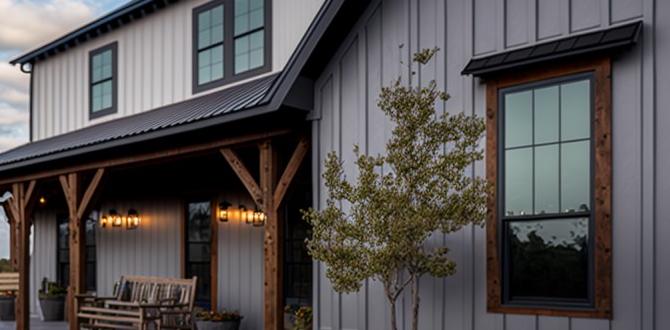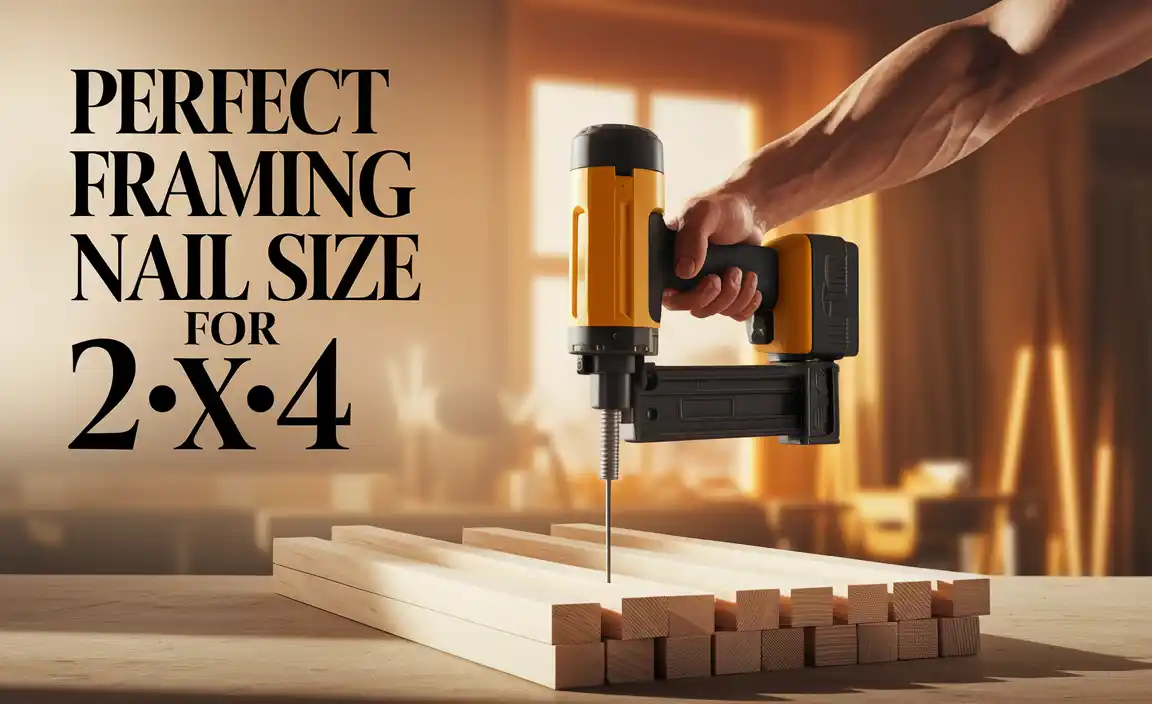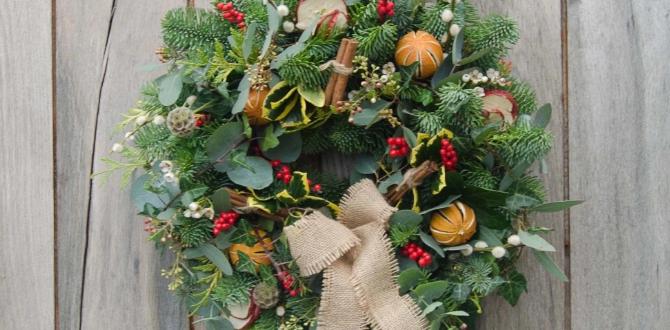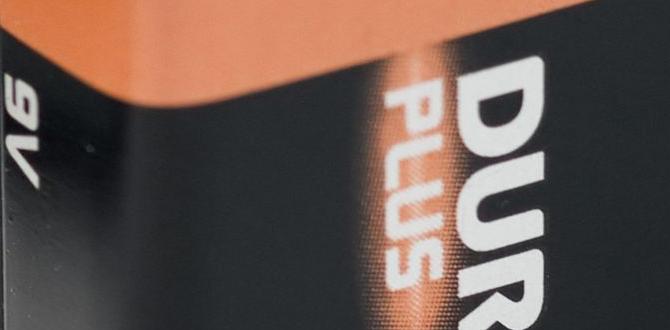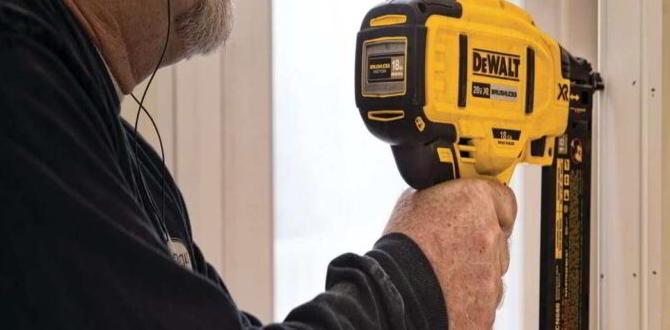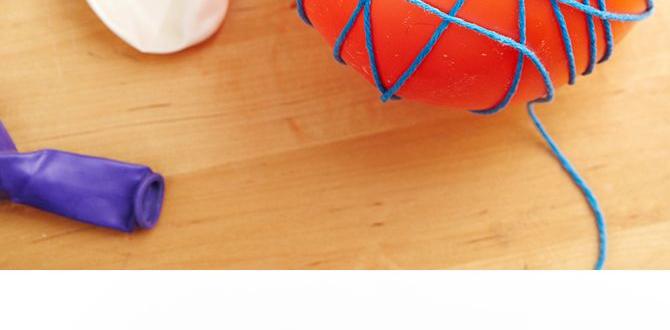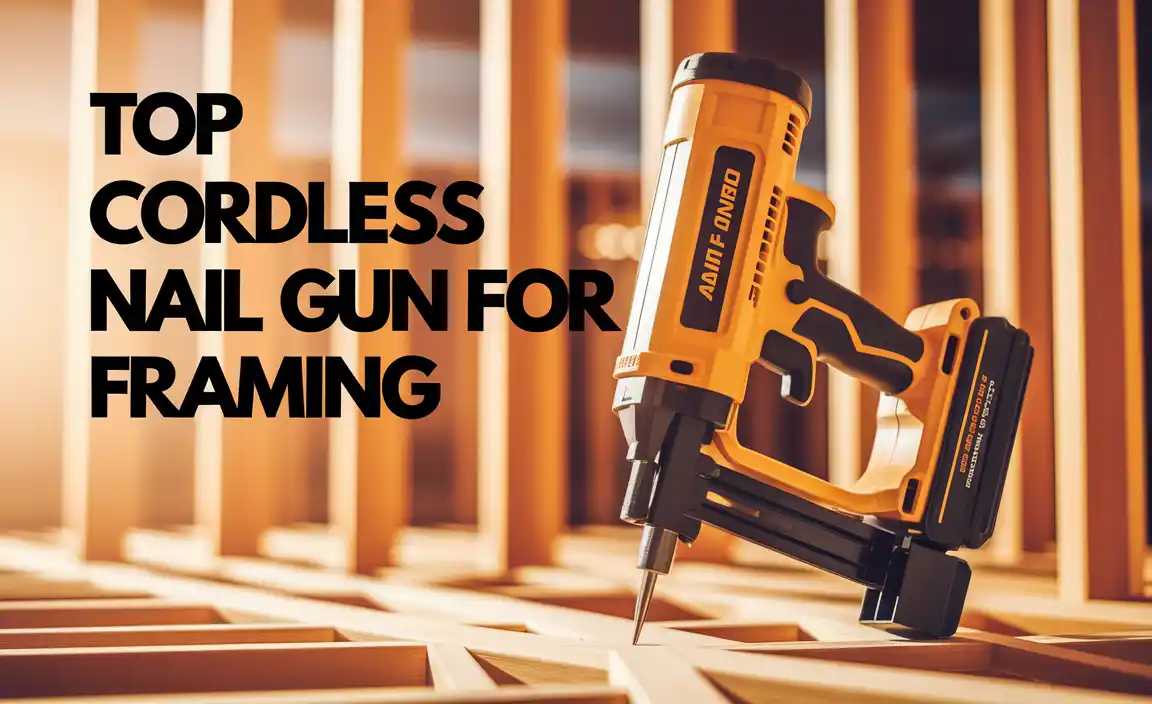Have you ever spent a day fishing, only to find your tackle a tangled mess? A wooden fishing tackle box can solve that problem. Imagine having all your gear neatly organized and easily accessible. Plus, making one yourself can be a fun project!
In this DIY guide, you’ll learn how to make a wooden fishing tackle box from scratch. It’s not just about storage; it’s about creating something special with your own hands. Did you know that building your own tackle box can be a great way to bond with family or friends? Picture this: you and a friend working together, sharing laughs, and making plans for your next fishing trip!
Whether you are a beginner or have some woodwork skills, this guide will help you step by step. You’ll find tips to pick the right materials and tools, so you can start your project smoothly. Ready to dive in and create your own fishing tackle organizer? Let’s get started!
Table of Contents
How To Make A Wooden Fishing Tackle Box: A Diy Guide
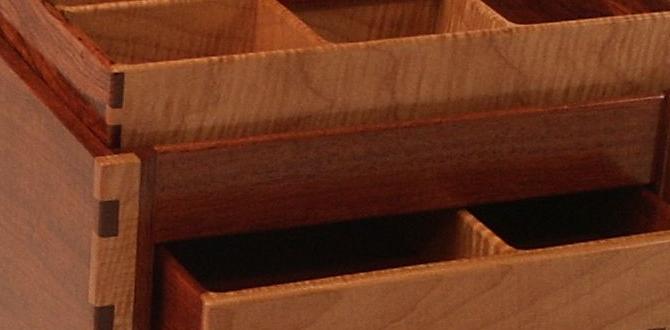
How to Make a Wooden Fishing Tackle Box: A DIY Guide
Building a wooden fishing tackle box is a fun project for any fishing enthusiast. It allows you to organize your gear while expressing creativity. First, you’ll need to gather materials like wood, hinges, and screws. Measure carefully for the perfect fit. Did you know that a well-organized tackle box can save you time on the water? By following simple steps, you can craft a tackle box that reflects your style and meets your fishing needs.Choosing the Right Wood for Your Tackle Box
Types of wood suitable for tackle boxes (e.g., pine, oak, cedar). Considerations for durability and water resistance.Choosing the best wood for your tackle box is key! Pine is light and easy to work with but isn’t super water-resistant. Oak is tough and gives a nice, sturdy feel. However, it can be a bit heavy. Cedar is the superstar! It is lightweight and naturally resists moisture. It even smells great! Pick your wood wisely to keep your gear safe and dry. Here’s a quick comparison:
| Type of Wood | Durability | Water Resistance |
|---|---|---|
| Pine | Good | Low |
| Oak | Very Good | Medium |
| Cedar | Excellent | High |
So, whether your tackle box is a boat buddy or a land-loving friend, pick the wood that makes it last!
Essential Tools and Materials Needed
List of tools (saws, drills, screws, etc.) required for construction. Other materials needed (wood glue, sandpaper, finish).Before you dive into building your very own fishing tackle box, let’s grab some important tools and materials. You’ll need a saw for cutting wood, a drill for making holes, and screws to hold everything together. Don’t forget wood glue and sandpaper for smooth edges. A finish helps protect your masterpiece, too. Here’s a handy table to keep things organized:
| Tools | Materials |
|---|---|
| Saw | Wood Glue |
| Drill | Sandpaper |
| Screws | Finish |
With these items, you’ll be building like a pro! And don’t worry, you won’t need a degree in engineering — just a bit of patience and a sprinkle of humor!
Measuring and Designing Your Tackle Box
Steps to create accurate measurements and dimensions. Tips for designing compartments and organization.First, grab a tape measure and take some precise measurements of what you want your tackle box to hold. Think about its size—definitely not as big as a boat, unless you want to fish from your toolbox! Next, sketch a simple design with compartments to keep your lures and tools organized. Remember, everything has a place, and with a little planning, you’ll avoid the classic tackle box tornado! Check out this handy table for ideas:
| Compartment | Size (inches) |
|---|---|
| Large lures | 6 x 4 |
| Small lures | 3 x 3 |
| Tools | 6 x 2 |
With these steps, you’re set to build a tackle box that’s neat and snazzy—just don’t forget the snacks for your fishing trips!
Step-by-Step Construction Process
Detailed instructions for cutting wood pieces. Assembling the frame and adding compartments.First, grab your wood and cut it into pieces based on your design. You’ll need a bottom, sides, and a lid. Don’t play hide and seek with your saw; it likes to be precise! Next, assemble the frame using screws. Make sure it’s sturdy enough to hold your snacks and bait. Finally, add compartments inside to keep everything organized. Nobody likes rummaging through a tackle box that looks like a fish market! To give you a clearer idea, check out the table below:
| Wood Piece | Dimensions |
|---|---|
| Bottom | 24” x 12” |
| Sides | 12” x 6” (x2) |
| Lid | 24” x 12” |
| Dividers | 3” x 6” (cut as needed) |
Now, step back and admire your handy work! It’s not a Picasso, but it’ll keep your gear neat and ready for adventure.
Finishing Touches: Sanding and Painting
Importance of sanding for a smooth finish. Suggested types of paint or wood sealant for longevity.Before your tackle box is ready for the big fish, it needs a shiny touch! Sanding is super important for a smooth finish. It helps remove rough edges, making it pleasant to touch. Think of it as giving your box a soft hug! After sanding, you can pick paint or wood sealant. A good finish protects your box from water and scratches. Choose waterproof paint for long-lasting fun. Want your box to sparkle? Try some *glitter paint*! Your tackle box will be the envy of all anglers!
| Finish Type | Benefit |
|---|---|
| Waterproof Paint | Long-lasting protection |
| Wood Sealant | Prevents water damage |
| Glitter Paint | Fun and sparkle |
Adding Functional Features
Ideas for extra features (e.g., removable trays, handle design). Customization options for personal preferences.To make your tackle box even better, think about adding some cool features. Removable trays can help you find your hooks without a treasure hunt. A super comfy handle design can make carrying it feel like lifting a feather instead of a boulder! Customize with bright colors or stickers to show off your style. After all, who says fishing gear can’t be fun?
| Feature | Benefit |
|---|---|
| Removable trays | Easy access to bait and lures |
| Ergonomic handle | Comfortable carrying for long trips |
| Custom colors | Show off your personality |
Maintenance and Care Tips for Longevity
Best practices for cleaning and storing your tackle box. Tips for upkeep to ensure durability over time.Keeping your tackle box in great shape can make your fishing trips even better! First, clean it out after every use. Remove dirt, sand, and old bait. A soft cloth and some mild soap can work wonders. Store your tackle box in a dry place to prevent mold. Make sure it’s not stuffed too tight, so it stays in shape. Check for any damage regularly, like a fisherman checking their catch. Remember, a well-cared tackle box is like a trusty fishing rod—it helps you reel in the big ones!
| Maintenance Tips | Details |
|---|---|
| Cleaning | Use mild soap and a soft cloth to wipe it down. |
| Dry Storage | Always keep it in a dry spot to avoid mold. |
| Check for Damage | Inspect regularly to catch issues early. |
Conclusion
In conclusion, making a wooden fishing tackle box is fun and rewarding. You’ll need good wood, tools, and a clear plan. Follow the steps carefully, and don’t rush. Remember to check your measurements and finish with a protective coat. Now, grab your materials and start building! You can also explore more DIY projects to enhance your fishing experience.FAQs
What Materials And Tools Do I Need To Build A Wooden Fishing Tackle Box?To build a wooden fishing tackle box, you need some wood, nails, and wood glue. You will also need a saw, hammer, and a drill for making holes. Don’t forget sandpaper to smooth the edges. A measuring tape will help you get the right sizes. Lastly, paint or wood finish can make it look nice!
What Are The Essential Dimensions And Design Features To Consider When Planning My Tackle Box?When planning your tackle box, think about size, shape, and how you want to store your fishing gear. You need enough space for all your lures, hooks, and tools. Make sure your tackle box has compartments to keep everything organized. A sturdy handle helps you carry it easily. Also, choose a box that is waterproof to protect your gear.
How Can I Properly Finish And Waterproof The Wood To Protect My Tackle Box From The Elements?To finish and waterproof your wood tackle box, start by sanding it smooth. Use fine sandpaper for the best results. Next, apply a clear wood sealant with a brush. Make sure to cover every part, including the edges. Let it dry completely before using your tackle box outside. This will help keep it safe from water and weather.
Are There Specific Organizational Compartments Or Trays I Should Include To Maximize Space And Functionality?Yes, using compartments or trays can help a lot! You can use small boxes for sorting items. Try using drawers or shelves with dividers. This way, you can find things easily and keep everything neat. It helps you use space wisely!
What Are Some Common Mistakes To Avoid When Constructing A Wooden Fishing Tackle Box?When building your wooden fishing tackle box, avoid using weak wood. Strong wood keeps your box sturdy. Don’t forget to measure your spaces for fishing gear. If spaces are too small, your stuff won’t fit. Finally, remember to seal your box with a waterproof finish so it lasts longer.
